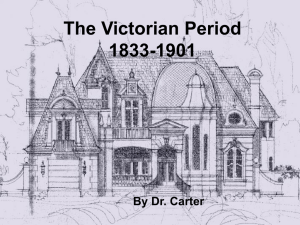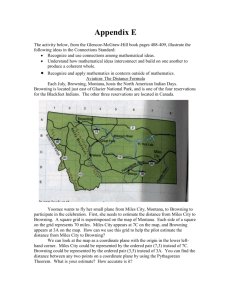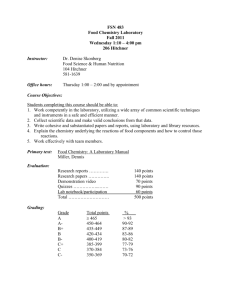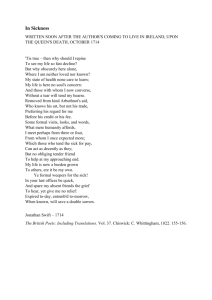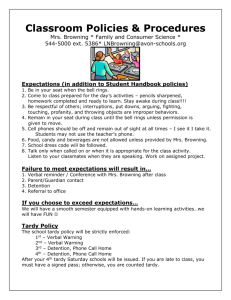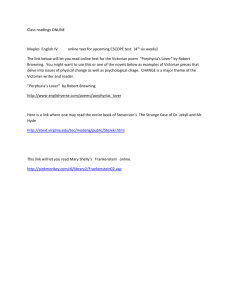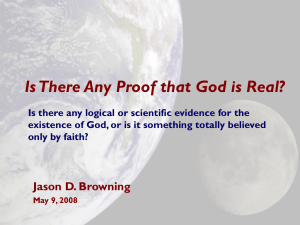Study Guide for Browning's Ordinary Men
advertisement
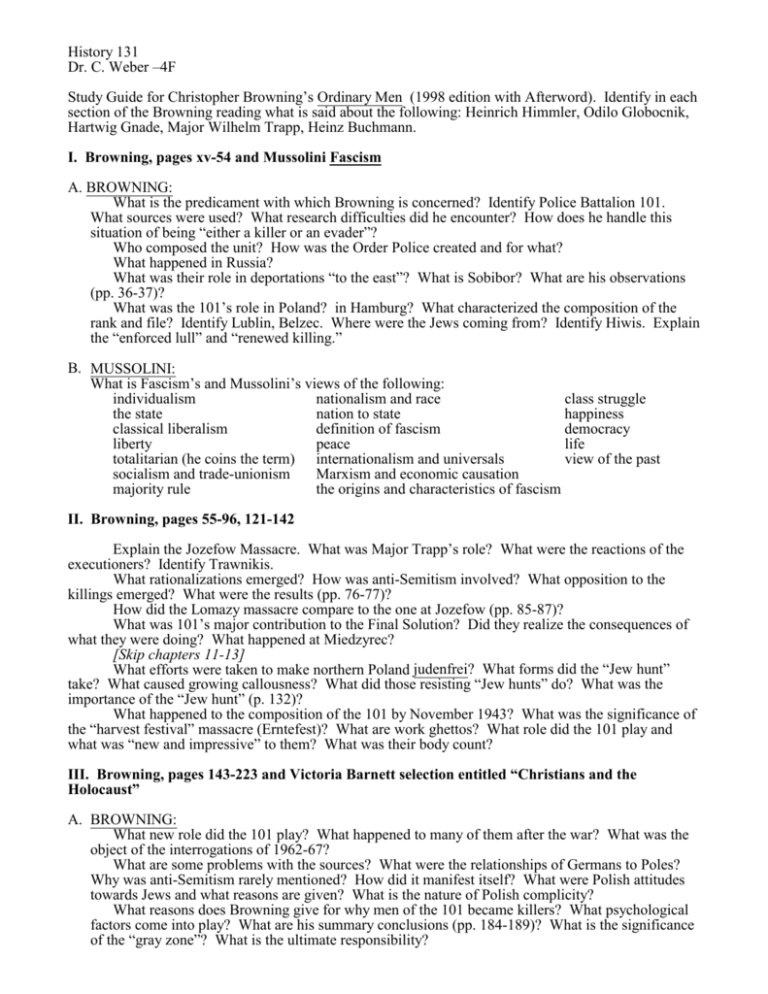
History 131 Dr. C. Weber –4F Study Guide for Christopher Browning’s Ordinary Men (1998 edition with Afterword). Identify in each section of the Browning reading what is said about the following: Heinrich Himmler, Odilo Globocnik, Hartwig Gnade, Major Wilhelm Trapp, Heinz Buchmann. I. Browning, pages xv-54 and Mussolini Fascism A. BROWNING: What is the predicament with which Browning is concerned? Identify Police Battalion 101. What sources were used? What research difficulties did he encounter? How does he handle this situation of being “either a killer or an evader”? Who composed the unit? How was the Order Police created and for what? What happened in Russia? What was their role in deportations “to the east”? What is Sobibor? What are his observations (pp. 36-37)? What was the 101’s role in Poland? in Hamburg? What characterized the composition of the rank and file? Identify Lublin, Belzec. Where were the Jews coming from? Identify Hiwis. Explain the “enforced lull” and “renewed killing.” B. MUSSOLINI: What is Fascism’s and Mussolini’s views of the following: individualism nationalism and race class struggle the state nation to state happiness classical liberalism definition of fascism democracy liberty peace life totalitarian (he coins the term) internationalism and universals view of the past socialism and trade-unionism Marxism and economic causation majority rule the origins and characteristics of fascism II. Browning, pages 55-96, 121-142 Explain the Jozefow Massacre. What was Major Trapp’s role? What were the reactions of the executioners? Identify Trawnikis. What rationalizations emerged? How was anti-Semitism involved? What opposition to the killings emerged? What were the results (pp. 76-77)? How did the Lomazy massacre compare to the one at Jozefow (pp. 85-87)? What was 101’s major contribution to the Final Solution? Did they realize the consequences of what they were doing? What happened at Miedzyrec? [Skip chapters 11-13] What efforts were taken to make northern Poland judenfrei? What forms did the “Jew hunt” take? What caused growing callousness? What did those resisting “Jew hunts” do? What was the importance of the “Jew hunt” (p. 132)? What happened to the composition of the 101 by November 1943? What was the significance of the “harvest festival” massacre (Erntefest)? What are work ghettos? What role did the 101 play and what was “new and impressive” to them? What was their body count? III. Browning, pages 143-223 and Victoria Barnett selection entitled “Christians and the Holocaust” A. BROWNING: What new role did the 101 play? What happened to many of them after the war? What was the object of the interrogations of 1962-67? What are some problems with the sources? What were the relationships of Germans to Poles? Why was anti-Semitism rarely mentioned? How did it manifest itself? What were Polish attitudes towards Jews and what reasons are given? What is the nature of Polish complicity? What reasons does Browning give for why men of the 101 became killers? What psychological factors come into play? What are his summary conclusions (pp. 184-189)? What is the significance of the “gray zone”? What is the ultimate responsibility? 2 Afterword: Who is Goldhagen? On what do he and Browning agree? On what do they disagree? What is the “eliminationist” perspective? What explains German anti-Semitism by the 20th century according to Browning? How prevalent was German anti-Semitism at the beginning of the 20th century? What changes did the rise of the Nazis in 1933 bring about? What role did the conservatives play? What happened to the German population in the 1930s and why did they accept anti-Jewish actions? What are the differences between German actions on the home front and in occupied eastern Europe? How do Goldhagan and Browning vary on their interpretations for German motivations of participation in the Final Solution? What is Browning’s “multilayered” and “multicausal” approach (p. 215ff)? What role does the “antidemocratic and authoritarian” play? Why does he defend the psycho-sociological theories? Why does Browning say his differences with Goldhagen are important (pp. 222-223)? B. “CHRISTIANS AND THE HOLOCAUST” by Victoria Barnett What are the sources of anti-Semitism? What fears existed? In what ways did anti-Semitism exist in the Church? What are the distinctions between Christian anti-Semitism and racial antiSemitism? In what ways were Protestant responses “confused, ambivalent and prone to intimidation”? Identify the Nuremberg laws. Identify the views of Barth and Bonhoeffer. How did Christian Jews fare and what were Protestants’ reactions to them? What came about as a result of Kristallnacht? What did the Gruber office do and how successful was it?
